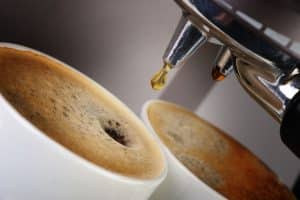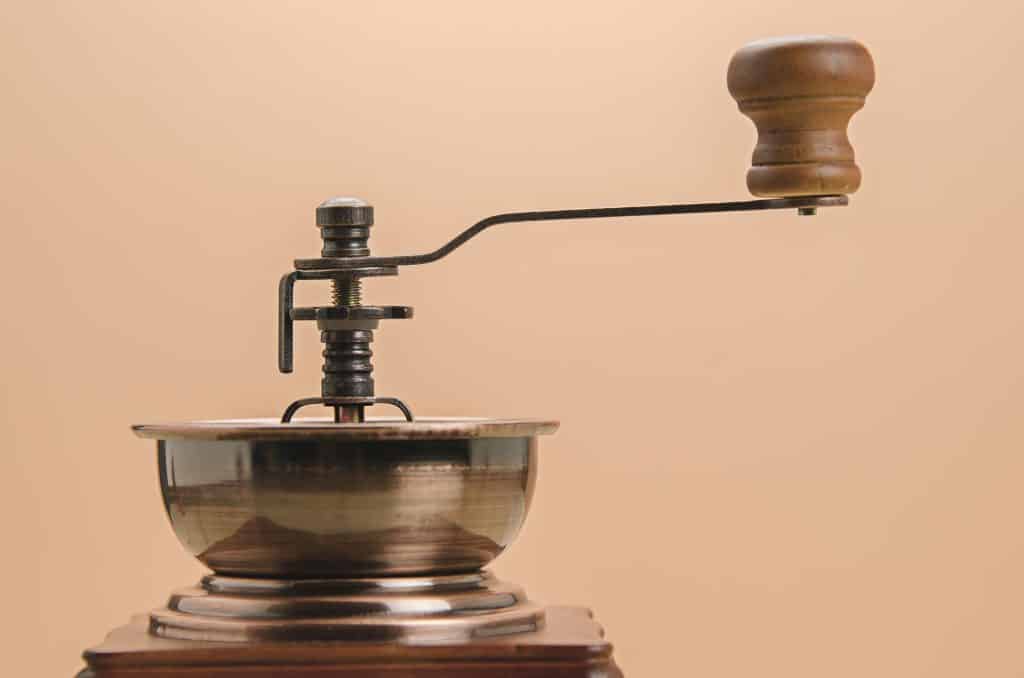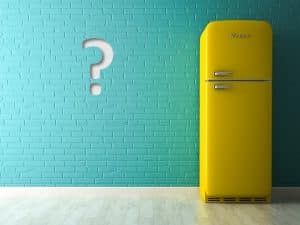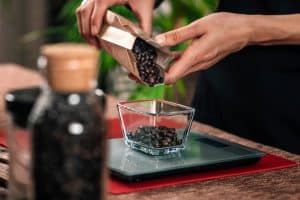
Can you make regular coffee with an espresso machine?
For most adults, having a hot cup of coffee in the morning is how the day starts. From percolators to drip brew coffee pots to
Grinding coffee beans right before you make coffee is probably the best thing you can do to improve the flavor of your coffee. If you are on a budget, you might consider a simple, inexpensive blade grinder. But you’ll soon find out that burr coffee grinders do a much better job at producing a consistently even grind.
Generally, burr coffee grinders are more expensive than blade grinders. So, a very reasonable question is: is a burr coffee grinder worth the money? My answer is: Yes, a burr coffee grinder is definitely worth the money. Burr grinders can produce a consistently even grind, which is necessary for making good quality coffee. Inexpensive blade grinders simply cannot do this.
Another thing to consider is that a perfectly decent manual coffee bean grinder doesn’t need cost you a lot more than a blade grinder. But more on that later.

In the rest of this article, you’ll get more information on why it is essential to grind coffee beans fresh, what a burr grinder exactly is, and all you need to know about grind consistency and why it is important.
If you don’t want to get into the in’s and out’s of coffee bean grinding, consider checking out our manual coffee bean grinder buy guide, or our automatic coffee bean grinder buy guide to help you with choosing the best grinder for you.
Let’s start with the reason why people who are serious about their coffee swear you should grind your coffee bean yourself, preferably right before you use them to make coffee.
Coffee beans contain a lot of volatile compounds. That means that, when exposed to air, these compounds dissipate. Roasted coffee beans should be consumed within about two months because of this. And they should be kept in an airtight container.
But when you grind the coffee beans, you dramatically increase the surface level of the bean. One coffee bean becomes a little pile of tiny coffee bean particles. All exposed to air. The flavor compounds in ground coffee start to dissipate immediately after grinding. Some studies have even found that a difference in taste starts to occur 15 minutes after the coffee beans have been ground! Fifteen minutes!
Pre-ground coffee could have been sitting in warehouses and on the shelves of your supermarket for weeks, maybe even months! No amount of vacuum packaging will prevent the coffee from going stale if it sits on a shelf for that long.
So, freshly ground coffee dramatically increases the flavor of the coffee you make. Combine that with fresh beans (i.e., coffee beans that are used within 8 weeks of their roast date are generally considered fresh), and you will taste the difference!
A burr grinder is a type of grinder specifically designed to grind coffee beans. Contrary to what blades grinders do, burr grinders really do grind. The coffee beans are forced between two plates (either flat or conical shaped) with sharps burrs. These burrs cut the coffee bean into pieces while they move in between the two burrs.
The uniformity of the ground coffee characterizes a quality burr grinder. The ground coffee is evenly sized. This makes for a much better cup of coffee than when the grounds are uneven.
As said, a burr grinder produces a consistently even grind, which makes for a better cup of coffee. But why is that?
Coffee making is the process of extracting the flavor compounds out of a ground coffee bean into hot water. A scoop of ground coffee with evenly sized particles will extract evenly; each particle has a surface level, which is roughly the same size as the next particle. But, if some particles are larger than others, the extraction will be uneven due to the differences in surface level.
Think of it like this: the surface level of one bean ground into dust is much larger than the surface level of one bean broken into one small and one large piece. When put in hot water, the coffee dust will extract evenly. The two-piece bean will not.
That is not to say you should always brew your coffee with as much surface level as possible. Don’t grind every bean into coffee dust! Each brew method asks for its own grind size. As a matter of fact, different varieties of bean often need to be ground at different grind settings on a grinder for optimal results.
It’s more art than science, really.
In a blade grinder, a blade spins at high speed at whacks everything to pieces that is in the chamber. Whatever finds its way in the path of the blade will get cut. A blade grinder can’t get a consistently even grind. They are just not built that way.
That’s the question, right?
Me, the internet, and your favorite barista keep telling you: you need an even grind! But why? Why should you care?
Well, as discussed in the previous section and even grind allows for an even extraction. An even extraction ensures that all flavor compounds end up in your coffee evenly. But the problems arise when the grind, and therefore, the extraction is uneven.
An uneven extraction leads to multiple off-flavors in your coffee. Over-extraction can lead to excess bitterness and under-extraction to excess acidity. Those are the main two off-flavors. Besides an overly bitter and/or acidic cup of coffee, the off-flavors will prevent you from tasting the real flavor of the coffee bean.
Coffee beans are like wine and can have a multitude of flavors depending on where and how high the coffee plants were grown and how the coffee beans were handled after harvesting (washing, drying, and roasting all impact flavor). It would be a shame when one of the last steps before a coffee bean ends up in your cup of coffee is ruined by something as simple as a good grind.
I hope I convinced you that a burr grinder is the way to go. But I totally understand that if a blade grinder is what you have on hand, that is what you are going to use. Whether it is because you can’t afford a burr grinder or simply don’t want to go out and get one, that’s none of my business.
But grinding fresh is still vital. So if a blade grinder is what you are going to use, use it properly. There are 3 tips I can give you that will make the blade grinder work just a bit better.
This helps to get everything in front of the blade. It makes the grind just a bit more even.
Grinding in pulses instead of holding the button down does the same as shaking the grinder. It mixes things up and helps to get a grind that is a bit more even.
This tip helps to account for an uneven grind. Brewing for a shorter amount of time gives the off-flavors less opportunity to extract. Adding a bit more coffee helps get more “coffee flavor” in your brew, even though you are brewing shorter.
The video below nicely demonstrates tips #1 and #3.
Grinding coffee is a thing you should really consider if you’re trying to improve your coffee brewing.
If you are serious about improving your coffee-making skills, I suggest you get your hand on a nice manual burr grinder. They are reasonably affordable. If you have a bit more to spend and don’t need the manual labor in the morning, go for an electric burr grinder. But don’t overdo it. For most home users, one of the popular and widely available grinders are good enough.
If you’d like to find out more about what coffee bean grinder is best for you, I can recommend the following articles:
Our round-up of the best manual coffee bean grinders.
Our round-up of the best electric coffee bean grinders.
MonsieurCoffee.com is a participant in the Amazon Services LLC Associates Program, an affiliate advertising program designed to provide a means for sites to earn advertising fees by advertising and linking to Amazon.com. We earn small commissions on purchase made through links on this site, at no extra costs to you.

For most adults, having a hot cup of coffee in the morning is how the day starts. From percolators to drip brew coffee pots to

During hot summer days, there is a good chance you like your coffee iced. For this and for all your other favorite cold coffee drinks,

Making great coffee is all about getting the coffee to water ratio right. But getting to that optimal mix of coffee and water isn’t always

An Americano coffee is not a drink for the purists among us. By no means is it a straight-up espresso. It is not a filter